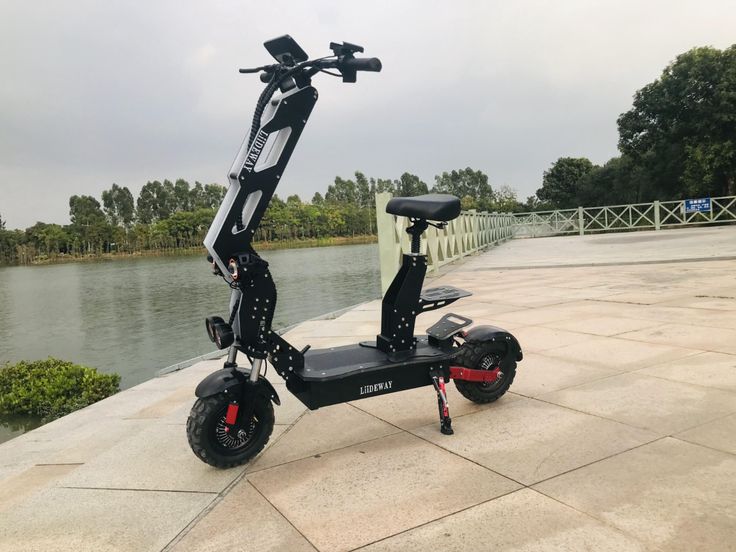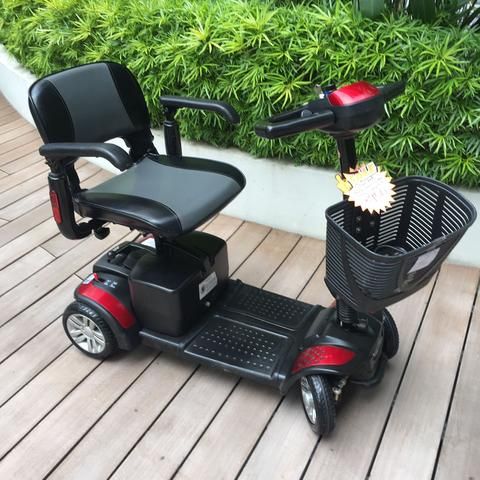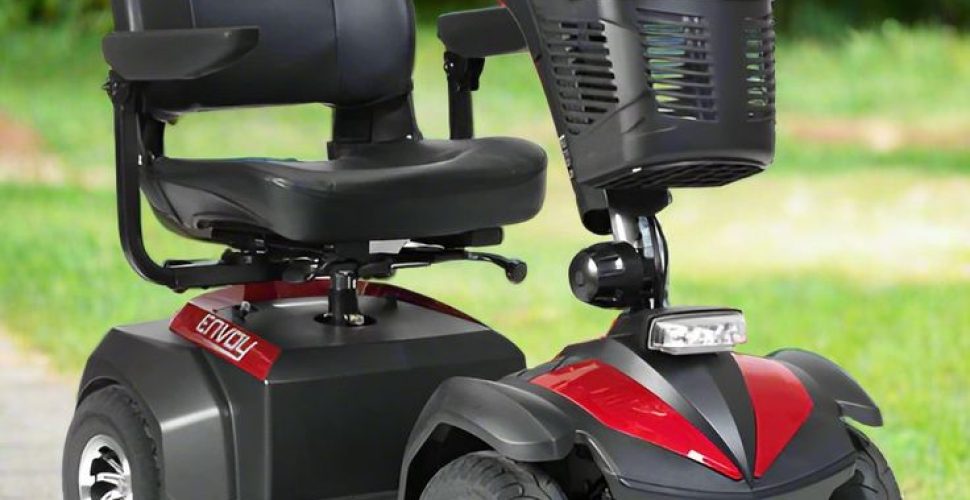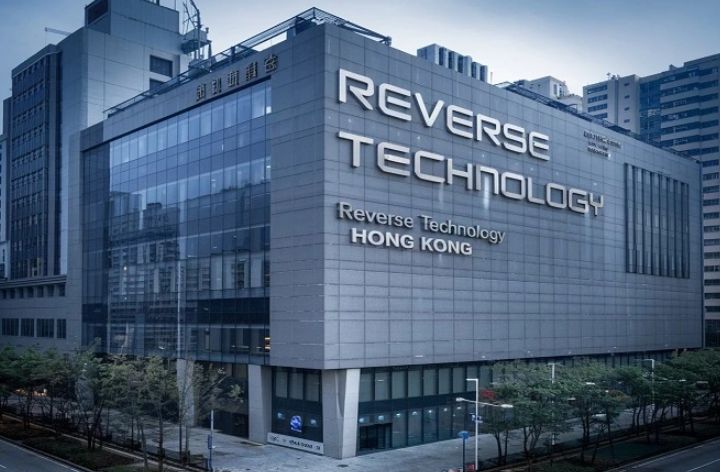Mobility Scooters Have Battery has revolutionized the way people with mobility impairments regain independence. These innovative devices allow users to move with ease, providing them with the freedom they would otherwise lack. However, a question that often arises is: Why don’t mobility scooters come with battery generators? This seemingly simple inquiry touches on a variety of technological, practical, and safety considerations that are important for both the manufacturers and users of these devices.
In this article, I’ll delve into the reasons behind the absence of battery generators in mobility scooters, explore alternatives, and provide insights into how these factors affect the functionality and future of mobility devices. By the end of this post, you’ll have a deeper understanding of the inner workings of mobility scooters, the role of battery technology, and why battery generators just don’t make sense for these vehicles.
Understanding Mobility Scooters Have Battery
To understand why mobility scooters don’t have battery generators, it’s essential to first take a closer look at the core components of these devices: their mobility and power systems.
Mobility Scooters Have Battery, typically used by people with limited mobility, are designed to facilitate movement in various environments. These scooters rely on rechargeable batteries, which power the motor and enable the device to move. The types of batteries used in mobility scooters include lead-acid batteries and, more recently, lithium-ion batteries, both of which provide the necessary energy to operate the scooter.
Also read this What Is the Main Problem Here for Technology Companies?

In essence, the battery system in a Mobility Scooters Have Battery serves as the primary power source for all functions, from the motor that propels the scooter to the lights, controls, and even additional accessories. Battery generators, on the other hand, are typically used to generate power in remote or off-grid locations, providing an auxiliary power source when the main power supply is unavailable.
Why Battery Generators Aren’t Included in Mobility Scooters
1. Space and Weight Constraints
One of the first major reasons why mobility scooters don’t come equipped with battery generators is the limitation of space and weight. Mobility Scooters Have Battery are designed with portability and ease of use in mind, which means that there is a delicate balance between providing enough power for the motor and ensuring that the scooter remains lightweight enough for users to operate comfortably.
Battery generators, while useful for other applications, tend to be bulky and heavy, which could significantly increase the overall weight of a Mobility Scooters Have Battery. The additional weight could affect maneuverability, make the scooter harder to transport, and reduce battery efficiency. When it comes to mobility devices, every extra ounce matters, especially when the user may already be dealing with additional health challenges.
2. Power Efficiency and Consumption
Another reason why battery generators aren’t commonly integrated into mobility scooters is that they would be redundant in terms of power efficiency. Mobility Scooters Have Battery are designed with battery technology that is highly optimized for the device’s specific energy requirements. These scooters are engineered to run efficiently on a fixed battery capacity, meaning that a generator, which is typically used to create electricity, would not provide a significant benefit.

In fact, adding a battery generator could create unnecessary power loss. Battery generators work by converting stored energy into electrical power, but the conversion process is not always 100% efficient. This could result in a net loss of energy, decreasing the efficiency of the mobility scooter’s existing battery system and leading to reduced range and performance.
3. Cost and Practicality
Introducing battery generators to mobility scooters would also increase the cost of production and, consequently, the retail price for consumers. This could make mobility scooters less affordable for the very demographic they’re intended to serve. The addition of a generator might make sense in larger vehicles, such as RVs or construction equipment, where an auxiliary power source is necessary. However, for mobility scooters, which are designed for short-range, everyday use, the addition of a generator is neither cost-effective nor practical.
In many cases, users rely on charging stations or have access to outlets to recharge their scooters, making the need for an onboard generator unnecessary.
Alternatives to Battery Generators in Mobility Scooters
While battery generators may not be a feasible solution for mobility scooters, there are alternative technologies and innovations that are better suited to improving the performance and range of these devices.
1. Solar Charging Systems
Some mobility scooter models can be equipped with solar panels, either as an add-on or integrated directly into the design. These solar charging systems help extend the range of a scooter by harnessing solar energy to recharge the scooter’s batteries. While solar panels may not completely replace the need for traditional charging, they can offer supplemental charging in sunny conditions.
2. Improved Battery Technology
The mobility scooter industry is continually evolving, with new developments in battery technology. Lithium-ion batteries, for example, offer longer life cycles, faster charging times, and better energy density than traditional lead-acid batteries. With the ongoing improvement of battery efficiency, the need for a generator is further minimized, as users can rely on more powerful and longer-lasting batteries.
3. Portable External Battery Packs
For users looking to increase the range of their mobility scooter, portable external battery packs are a popular solution. These external batteries are easy to carry, can be swapped in and out of the scooter, and provide an additional power source for extended trips. Unlike a battery generator, which requires conversion of power, these packs deliver power directly to the scooter’s system, providing a quick and efficient way to boost the scooter’s range.
Key Factors to Consider When Purchasing a Mobility Scooter
When selecting a mobility scooter, several factors should be taken into consideration, particularly if you’re concerned about range and battery life. Here’s a quick comparison of features to look for:
| Feature | Lead-Acid Battery | Lithium-Ion Battery | Solar Charging System | Portable Battery Pack |
| Battery Life | 12-18 months | 3-5 years | N/A | Varies by capacity |
| Charging Time | 6-8 hours | 4-6 hours | N/A | 2-3 hours |
| Weight | Heavier | Lighter | Varies by panel size | Light to moderate |
| Cost | Lower initial cost | Higher initial cost | Moderate | Varies |
| Energy Efficiency | Moderate | High | Moderate | High |





